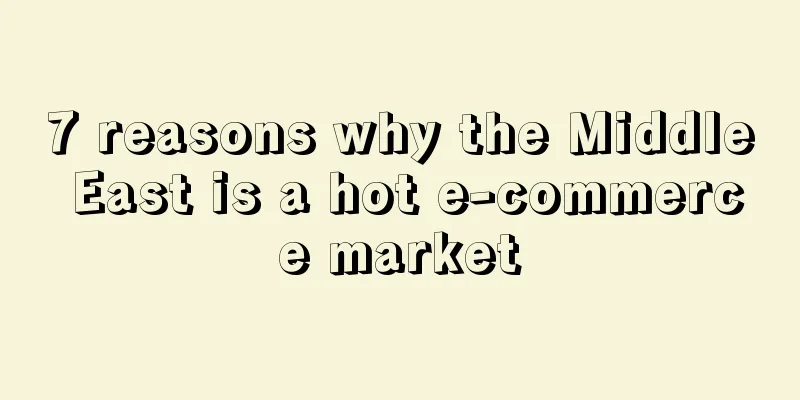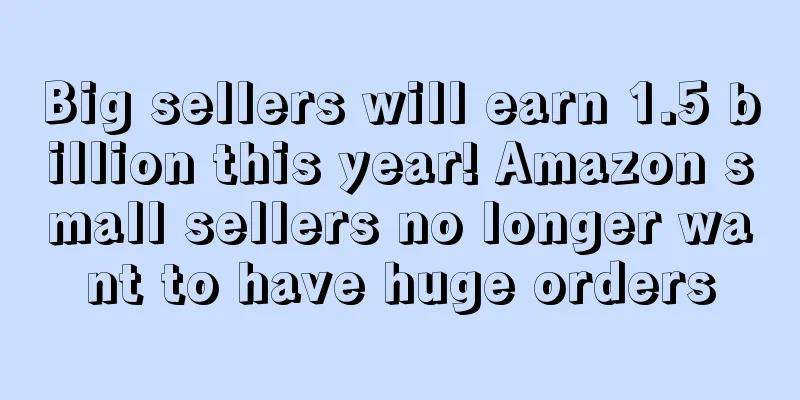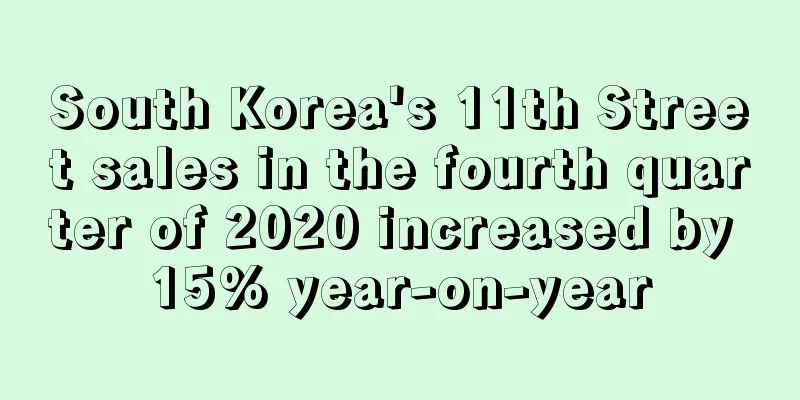7 reasons why the Middle East is a hot e-commerce market

|
One of the most compelling markets for launching a lucrative e-commerce business is the Middle East and North Africa region, home to around 500 million people, where a number of circumstances have come together to offer some incredible opportunities for e-tailers.
The world’s largest online retailers have entered the Middle East and North Africa markets over the past few years. Some analysis reports claim that the e-commerce profits in the GCC alone will reach $48.8 billion in 2021. More and more customers are rapidly turning to e-commerce , and even physical stores are joining mobile platforms such as the Dubai Mall .
What are the reasons for the e-commerce boom in the Middle East and North Africa?
1. Rapid Internet penetration. The Middle East and North Africa region has a very high Internet penetration rate. Data shows that Saudi Arabia's Internet penetration rate has rapidly increased from 2.21% in 2000 to 95.7% today. Bahrain's rate even exceeds that of the United States and France, reaching 98%. Egypt ranks 20th in the world in terms of Internet users. These figures only represent a few countries in the Middle East and North Africa, but many people in the entire region shop online. 2. Cashless revolution. The Middle East and North Africa region used to rely heavily on cash on delivery. But since the pandemic, the region has seen a huge growth in contactless and cashless payments. Online shoppers are choosing contactless and digital payment experiences. An economic report from the Mastercard Economics Institute shows that online shopping has surged, with 73% of consumers shopping online more than before the pandemic. The report also shows that 66% of consumers now accept online banking, and due to the impact of the pandemic , the proportion of e-commerce spending in total retail trade spending has steadily increased to 20-30%. 3. Huge purchasing power. It is well known that Middle Eastern countries have the highest per capita consumption in the world, especially the Gulf Cooperation Council. The six Gulf countries are among the 34 richest countries in the world. Kuwait has the highest per capita income in the world, and Dubai and Manama are among the top ten in terms of purchasing power.
Consumers in the Middle East and North Africa also have the highest per capita spending on luxury goods. This high consumption has also contributed to people's reliance on online ordering and delivery. 4. High social media usage rate. There are 63 million people using Instagram in the Middle East and North Africa, accounting for 10% of Instagram users worldwide. YouTube's daily visits rank second in the world. Saudi Arabia is currently the country with the highest social media usage rate, with the number of social media users on all platforms growing by 32% each year. At the same time, the Middle East is also a hot spot for influencers and social marketing. 5. Young population. The Middle East has the youngest population in the world, with more than 28% of the region's population between the ages of 15 and 29. The youngest is in Saudi Arabia, where about 20% of the population is between the ages of 15 and 24. 6. The e-commerce market is booming. Online consumers are ready to shop in the Middle East, and the choices are growing. Amazon became one of the biggest players after it acquired local Middle Eastern e-commerce Souq. Going head-to-head with Amazon is the region-based Noon, which recently received more than $1 billion in funding.
Although smaller than the first two, Wadi grew sixfold in 2019, selling more than 550,000 products. Although there are many more small companies, there is still room for more new options in the market. 7. Improved logistics delivery. Unlike Europe or North America, most of the Middle East does not have postal codes, which means that routes can be confusing. To overcome this challenge, logistics companies like Aramex are using machine learning algorithms to convert descriptive addresses into geocoded locations.
Now, 90% of descriptive addresses in the UAE and 80% in Saudi Arabia have been converted into geocodes to speed up the last mile process. middle East |
Recommend
Yuan Qian from Alibaba Cloud: Together with ecosystem partners, we have helped 100 companies achieve over 100 million yuan in overseas revenue in three years
On August 31 , at the Alibaba Cloud International...
More than 200,000 orders sold in two months, another big selling circle!
There are more sellers emerging in the segmented ...
What is LevelUp? LevelUp Review, Features
The LevelUp omnichannel loyalty and CRM platform c...
What is Aftership? Aftership Review, Features
Aftership was founded in Hong Kong in 2012. After...
What is Ruggable? Ruggable Review, Features
Ruggable specializes in making beautiful, machine-...
Online shopping to account for 51% of global sales post-pandemic
Foreign media reported that after the pandemic, o...
Good news! Russian e-commerce company WB significantly reduces commissions for electronic products
Recently, the Russian e-commerce platform Wildber...
Market revenue will reach $2.7 billion! Canada's demand for mattresses is strong
Consumers' concern about sleep quality is dri...
What is Social Media Promo Code? Social Media Promo Code Review, Features
Social Media Promo Code is a new feature launched...
What is Tuft & Needle? Tuft & Needle Review, Features
Tuft & Needle is an online mattress direct sal...
More than 4,000 pieces sold! A domestic product on Amazon was recalled
Recently, the U.S. Consumer Product Safety Commis...
A patent was applied for a common product, and the sellers of big movies were affected
A patent was applied for a common product , and t...
The hot-selling product was urgently removed from the shelves! Or it may be manufactured by a factory in Dongguan
Recently, another toy brand announced the recall ...
During the epidemic, Americans prefer outdoor sports?
Due to the impact of the epidemic, people's o...
What is Decathlon? Decathlon Review, Features
Decathlon is a French sporting goods retailer fou...









